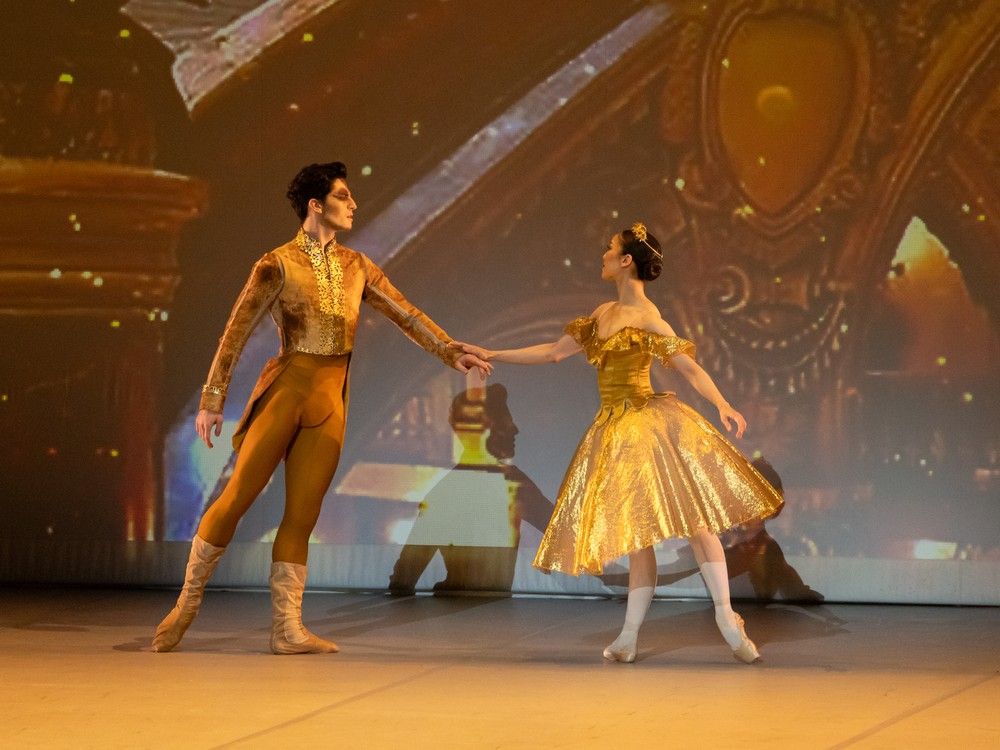British writer Samantha Harvey wins Booker Prize for fiction

British Writer Samantha Harvey Wins 2023 Booker Prize for Fiction
British writer Samantha Harvey has been awarded the prestigious Booker Prize for fiction for her novel “Orbital.” The novel, set aboard the International Space Station, explores the lives of six astronauts as they orbit the Earth, mesmerized by its beauty and facing the challenges of confinement.
Harvey, who began writing “Orbital” during the COVID-19 pandemic lockdowns, described the novel as a “space pastoral” that reflects on humanity’s relationship with the Earth. In her acceptance speech, she emphasized the importance of caring for the planet and promoting peace and dignity for all living beings.
Edmund de Waal, chair of the judging panel, praised “Orbital” as a “miraculous novel” that offers a fresh perspective on the world. The novel’s concise yet powerful storytelling captivated the judges, leading to a unanimous decision in favor of Harvey as the winner.
The Booker Prize, known for its transformative impact on writers’ careers, has previously been awarded to literary giants such as Ian McEwan, Margaret Atwood, and Salman Rushdie. Harvey’s win marks her as the first British writer to receive the prize since 2020.
Despite the competition from finalists around the world, including Canada, the United States, Australia, and the Netherlands, Harvey’s “Orbital” stood out for its hopeful and timely message. The novel’s brevity, at just 136 pages in its U.K. paperback edition, sets it apart as one of the shortest-ever Booker winners.
The diversity of this year’s shortlist, with five women among the finalists, reflects the evolving landscape of contemporary literature. De Waal emphasized that the judges’ decision was based solely on the merits of the novels, with no consideration given to the authors’ gender or nationality.
As the literary world celebrates Harvey’s achievement, “Orbital” joins the ranks of past Booker winners that have left a lasting impact on readers and the literary community. The novel’s exploration of space, humanity, and the interconnectedness of all life serves as a poignant reminder of our shared responsibility to care for the Earth and each other.



